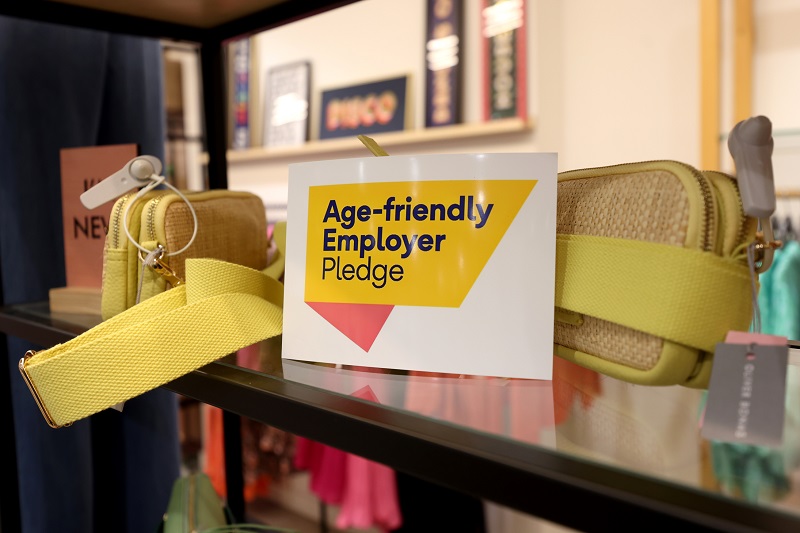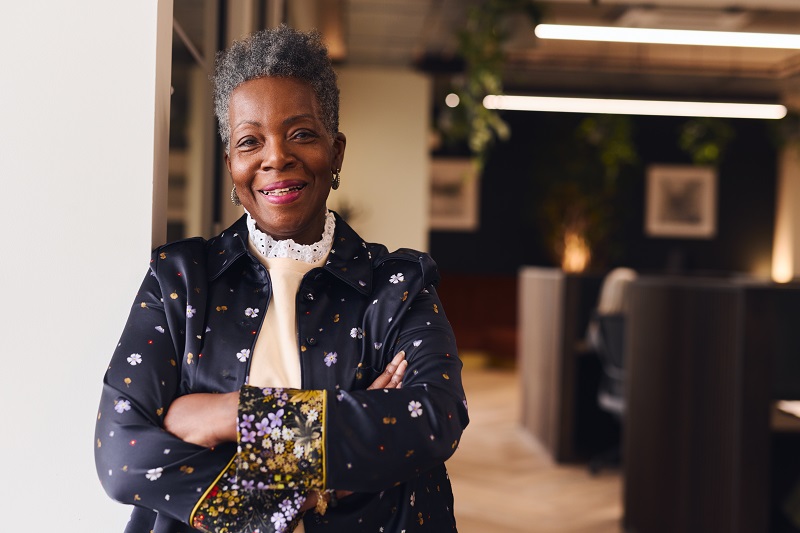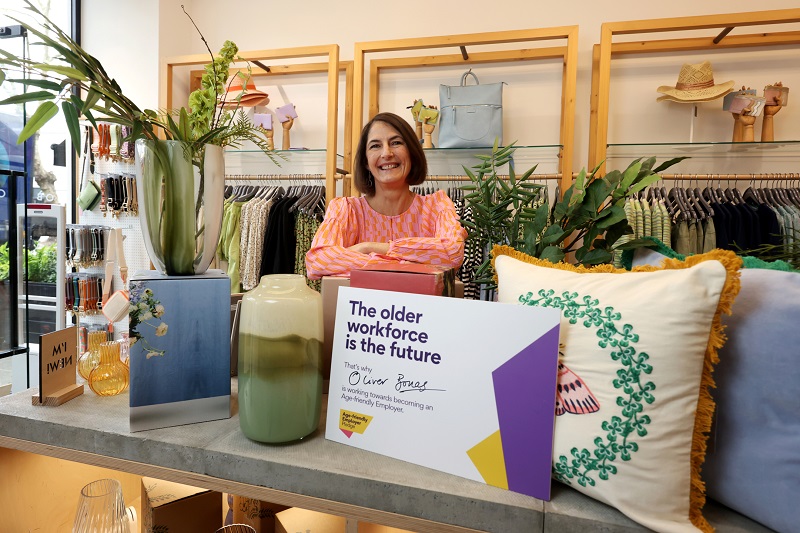The UK’s digital marketing sector may be fairly LGBT+ inclusive, but there is more work to do to achieve age, gender, and racial diversity and inclusion in the sector, finds a new study.
The 2021 ‘All In Census’ from advertising bodies, IPA, AA, and ISBA has been announced and shows that digital agencies have work to do to make their organisations more gender, race, and age-diverse; and considering a 2020 survey from the Institute of Practitioners in Advertising (IPA) found that COVID-19 “exaggerated existing negative trends’ such as a lack of gender diversity and ongoing ageism within the industry”, the change can’t come too soon.
As a result of these findings, digital marketing firm Greenlight has also analysed the demographic makeup of its workforce to see what it needs to change to become a more inclusive employer.
Female representation and pay
The 2020 IPA Industry Census revealed that the number of female employees in agencies fell by 12.8%, while the 2021 All In Census found that only 39% of c-suite positions in the industry are held by women.
Greenlight’s internal analysis found that 30% of their department heads and 55% of their performance directors are female. Yet, with only 25% of their board members identifying as female, they admit they have some improvements to make.
The COVID-19 period saw the gender pay gap widen in the UK, and the world of digital marketing and advertising has not been spared; in fact, the industry’s recorded median gap for the year was higher-than-average at 17.85%, while the All In Census found that the “overall reported gender pay gap from women to men in the industry is 24%.”
Age diversity
The industry lacks adequate representation among the under 25 and over 55 groups, with less than 5% of the sector’s age population being 55 and over. In 2020, the number of under 25s employed in agencies fell by almost 30%, where the economic effects of COVID-19 undoubtedly played a major role. Furthermore, the All In Census found that only 7% of those employed by agencies are under the age of 25.
In contrast to this, Greenlight found that 85% of its team leaders are under 35 while 10% of its current staff are under 25. They attribute these statistics to the success of their graduate scheme, which attracts younger talent where a degree is not a prerequisite for many of their job roles which encourage social mobility.
Racial equity and LGBT+ inclusion
The All In Census found that only 10% of industry employees identify as Black or Asian, making their representation at the c-suite level predictably poor at 4%.
However, when it comes to hiring LGBT+ talent, the number of LGBT+ employees in the advertising industry is significantly higher than the UK population average (The UK average is 3%, whereas the percentage of those working in digital agencies identifying as LGBT+ is 10% ).
Despite this progressive statistic, the All In Census found that 38% of those identified as LGBT+ felt underrepresented at senior levels, compared with only 23% of heterosexual employees.
On the back of these findings, Greenlight has set out a plan to improve the experience and representation of Black, disabled and working-class talent. They aim to introduce internal changes to improve diversity, inclusion, and belonging within the business, introduce unconscious bias training for all employees, and partner with a non-biased recruitment platform. They are also planning to better support the 17% of their employees with non-Christian beliefs, including offering paid leave for non-Christian holidays and making provisions for prayer spaces in the office.
Greenlight’s Head of People, Aoife O’Sullivan, said: “By promoting workplace diversity, we’re valuing everyone’s differences and allowing people to contribute their unique experiences. In doing so, we’re fostering better employee morale and productivity, which positively impacts business outcomes.
“Although we are very proud of winning the 2019 Bing Diversity & Inclusion Leader award, we understand that this is a drop in the ocean, and there’s a lot more to be done to realise greater diversity and inclusivity at Greenlight. Understanding that diversity, inclusion, and belonging (DIB) is not just the responsibility of the People team but can only be driven if bought into by the majority, we gathered a bunch of DIB passionate Greenlighters in 2020, namely the DIB Champions – our main aim is to collaborate on strategy and initiatives to foster DIB in all its facets. We quickly realised that we first needed to commit to continuously educating ourselves on all things DIB but also to understand the DIB demographics and experiences of our people.
“The results of our subsequent survey, although mostly encouraging, have also highlighted areas for Greenlight to improve upon and focus our DIB strategy moving forward. We may have a way to go, we may not always get it right, but as long as we are learning and committed to our cause, we’re continuing to strive for a better, more inclusive workplace for all.”
Hannah Kimuyu, Greenlight’s Director of Paid Media and Data Insights, added: “The digital marketing industry is not diverse enough. There are plenty of women and people of colour in the industry as a whole, so we feel more balanced than other industries. But when it comes to leadership positions, we’re lacking diversity of all types.
“Greenlight has always tried to be an open, inclusive environment, and a lot of it has come from Andreas Pouros (CEO at Greenlight) and the leadership team. Although we’re based in London, we are an international agency. So, by nature of what we do, we have people from across the globe. Bringing in talent from different countries is part of the reason why we embrace diversity. But this is never enough, and we also know we are not perfect. There is so much more we can do, and we are just scratching the surface in how far we can push diversity and inclusion.
“In our recent survey, we realised there was so much more than we had initially anticipated. The next challenge will be how we address everything in the right way and effectively. Once we have done this, we need to shout out to the industry in a way that can encourage and empower other agencies but also learning from them too.
“To do this right and fair, and for me personally, it’s about having an open mind, open heart, and open ears. If we all do a little less talking and a lot more listening, it’s a start to doing the right thing.”
To receive a full copy of the All In Census report, click here.









